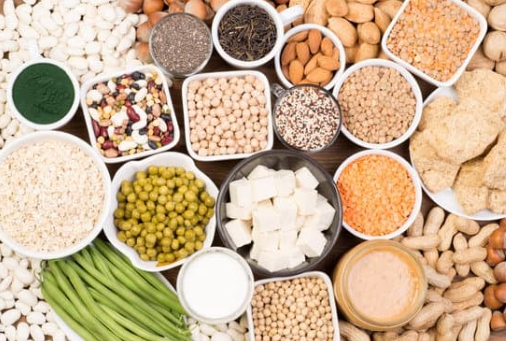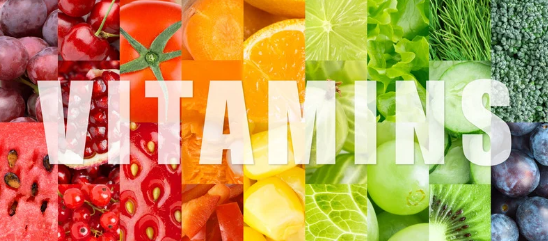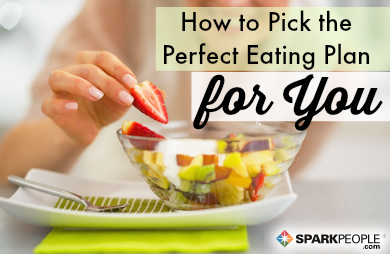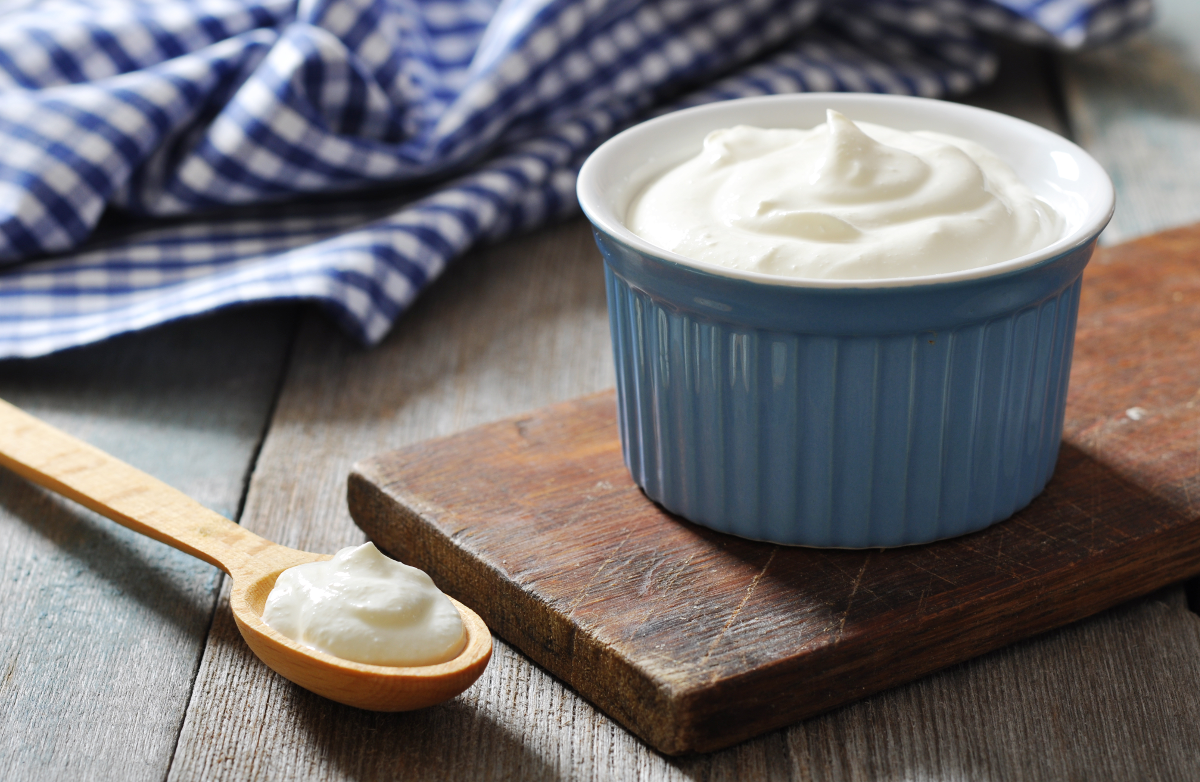If there was a "poster food" for healthy eating, it could very well be the salad. Built on a foundation of greens and often topped with more veggies, salad has earned a reputation as a smart, diet-friendly choice. In many cases, that’s true—but not all salads are created equal.
There are two potential problems with this do-gooder dish. On one hand, it’s easy to unintentionally overindulge. Lulled into a false sense of dietary security by the notion that "all salads are healthy," people tend to go overboard on cheese, creamy dressings, croutons and portion sizes, leaving them scratching their heads when the scale hasn’t budged after a week of eating green. Just because it’s served on a bed of lettuce doesn’t necessarily mean it’s good for you, or that it comes under your calorie quota.
Conversely, eating skimpy, unsatisfying salads that are too low on protein and fat can leave you feeling hungry shortly after clearing your plate. Any benefits of choosing salad in the first place can easily be eclipsed when cravings lead you to over-snack between meals.
So, what’s the solution? Should you skip salad altogether? Absolutely not! With these smart strategies, you can build a salad that will be both satisfying and sensible. Now, lettuce begin. (Sorry, couldn’t resist.)
1. Pick your greens.
You already know greens are good but are certain ones better than others? Caitlin Sherwood from Foraged Dish doesn’t think so. "It's all about variety," she says. "Everything is going to have a slightly different nutritional makeup, and you want that variety of nutrients in your body."
When making a salad, Sherwood tends to pair dark, hearty greens with lighter ones—such as kale with arugula—to balance everything out.
She also tries to think about what the salad will be doing. "For example, if I'm going to eat it right now, arugula and baby spinach will be fine," she notes. "But if I'm taking the salad to work and it's going to sit in the fridge all day, those tender greens might start to wilt in their dressing. You can either dress them right before you eat, or you can opt for a heartier green, like kale or cabbage. I usually opt for those heartier greens for potlucks, too, when the salad is going to be sitting around already dressed for a few hours."
And you don’t necessarily have to limit yourself to greens—it’s perfectly possible to build a healthy salad without them. Sherwood suggests combining chopped cucumber and tomato in a bowl with a drizzle of lemon juice and olive oil, maybe with some Kalamata olives.
2. Include every color of the rainbow.
Registered dietitian Ilana Muhlstein says the more colorful the salad, the healthier, tastier and more satisfying it will be.
"Each color represents a unique set of antioxidants to ensure you are getting well-rounded nutrition in every bite," she says. "For instance, the red found in red peppers and tomatoes contains lycopene, the orange found in butternut squash and shredded carrots contains beta-carotene, the yellow found in jicama and mushrooms contains anthoxanthins, the greens contain chlorophyll and the blues/purples found in beets, berries and red onion contain anthocyanins. These make for super nutritious and delicious recipes."
3. Fill up with protein and (healthy) fats.
To stay full, fueled and safe from the midday munchies, Muhlstein says it’s important to include a protein with your salad if it is more than a side. Some of her favorites include chopped chicken, tuna, a hard-boiled egg, tempeh, tofu and shrimp.
For vegetarians and vegans, Sherwood suggests including plant-based proteins, like chickpeas, quinoa, nuts, seeds, and legumes.
Healthy fats also have a place in a satisfying salad. Sherwood likes to add avocado to hers. "Although it doesn’t have much protein, it’s high in healthy fats, so it will fill you up," she says.
Becky Hand, a registered dietitian, says that several research studies show that the amount of fat does not need to be extremely high. This fat can come from an oil-based salad dressing (regular or low-fat), avocado, egg yolk, cheese, nuts, seeds, meat or other foods served with the meal that contain fat.
4. Add healthy toppings.
Toppings can make or break a salad, both from a nutrition and taste standpoint. For some added crunch, nutritionists recommend roasted chickpeas, cashews, pepitas, sesame seeds and toasted pecans. For creaminess, try adding a little avocado, goat cheese or feta crumbles. To infuse a little sweetness, some good choices include blackberries, strawberries, apples, pears or dried cranberries. Watch the portion sizes for toppings, of course: A tablespoon of nuts, seeds or cheese will suffice, for example.
As far as what not to add, it’s best to steer clear of anything with sugar or refined grains (sorry, croutons). Other things to avoid or go easy on: fried noodles, bacon, cheese, tortilla strips and glazed or candied nuts. Also watch canned vegetables, which may seem healthy, but are often packed with excess sodium. If planning to use canned vegetables or beans, be sure to drain and rinse under tap water prior to use. This can remove up to 40 percent of the sodium, states Hand.
When choosing her salad toppings, Sherwood likes to stick to a theme. "I try to avoid dumping in everything but the kitchen sink because it can get a bit wacky. Instead, I decide what sort of salad I want—maybe Greek or taco, for example—and pick only toppings that go with that theme."
5. Dress it up right.
Nutritionists agree: When it comes to unhealthy salads, the dressings are usually the biggest culprits.
Sherwood says it’s easier than most people think to make their own salad dressing at home. Her favorites include balsamic vinaigrette (olive oil and balsamic vinegar, salt and pepper, and a squirt of Dijon mustard) or toasted sesame vinaigrette (rice vinegar, toasted sesame oil and a splash of soy sauce or tamari). "I tend to stick to vinaigrettes because they're lighter and don't weigh down the salad leaves," she says.
If you do buy dressing at the store, it’s important to read the ingredients and use these selection tips from Hand:
- Consider calories: Most salad dressings use heart-healthy unsaturated oils. Some may contain cheese or sour cream, which adds an extra gram or two of saturated fat. But the healthy oil still outweighs these small additions. Just don’t over-do a good thing. You can get ample coverage with just one tablespoon of salad dressing when tossed in a large bowl to ensure that all veggies are coated.
- Lower the sodium: Select varieties with less than 200 milligrams of sodium in a two-tablespoon serving.
- Slash the sugar: If the first ingredient is an added sugar source (sugar, honey, high fructose corn syrup), put it back on the shelf. But even if you do select it, it’s not a big concern. Most salad dressings contain no more than one teaspoon of added sugar per serving.
And, of course, the dressing is always optional. Ken Immer, founder of Culinary Health Solutions, points out that small side salads can be delicious with just a squeeze of lemon or lime, which makes for a bright, simple salad to pair with an entrée.
Healthy & Satisfying Salad Recipes
- Greek Salad with Tuna and Beans: This ramped-up Greek salad is fresh, economical and easy to make.
- Spicy Watermelon and Avocado Salad: Avocado and watermelon are the perfect salad partners: sweet and savory, creamy and crisp, fresh and bold.
- Mix-and-Match Grain Salad Bowls: With these endlessly flavorful and healthy combinations, your taste buds will never get bored.
- Crunchy Arugula, Grapefruit & Avocado Salad: This beautiful salad is inspired by the scents and flavors you find on the West Coast.
- Detox Salad with Kale and Cauliflower: Loaded with flavor, fiber and antioxidants.
- Strawberry Cucumber Salad: The toasted sesame seeds take this salad from super to superb.
- Butternut Squash and Dinosaur Kale Salad: This hearty salad can be made all year long for an all-season pick-me-up.
- Cold Spelt Salad: Try this flavorful grain salad for an interesting and filling twist.
- Brussels Sprouts, Bacon and Apple Salad: Enjoy the crunch from the shredded Brussels sprouts, a sweet kick from the apples and a savory-salty bonus from just a little sprinkle of bacon.
- Salmon Taco Salad with Peach Salsa: Spicy, savory, sweet, fresh, creamy—this flavorful fusion has it all.
- One-Sheet Roasted Greek Salad: Bursting with flavor, this super-easy salad is ready in just 30 minutes.
- Moroccan Spiced Carrot Salad: This simple carrot-based salad is fresh, sweet and a bit exotic.
- Apple and Arugula Salad: The perfect mix of sweet and savory, it comes together in less than 10 minutes.
"If you look at McDonald's salad nutrition facts, their salads can often have a worse profile than some of their burger entrees," he says. "Fresh, whole ingredients are the most important ingredients to a salad, and building the base with nutritious greens is #1, but also paying attention to what’s in our dressings is the best way to ensure that your salad loves you back."













